CS Unplugged: Field guide: Artificial Intelligence
An online resource for teaching Computer Science to students, this chapter focusses on Artificial Intelligence. This chapter explores a range of intelligent systems and also considers ethical and philosophical issues that often are part of the Artificial Intelligence (AI) landscape. Find out about computer programs (chatterbots) designed to have a conversation with a human and sound intelligent.
Additional details
| Year band(s) | 7-8, 9-10 |
|---|---|
| Format | Web page |
| Australian Curriculum Digital Technologies code(s) |
AC9TDI8P07
Design the user experience of a digital system
AC9TDI8P08
Generate, modify, communicate and evaluate alternative designs
AC9TDI8P10
Evaluate existing and student solutions against the design criteria, user stories and possible future impact
AC9TDI10P07
Design and prototype the user experience of a digital system
AC9TDI10P10
Evaluate existing and student solutions against the design criteria, user stories, possible future impact and opportunities for enterprise |
| Technologies & Programming Languages | Artificial Intelligence |
| Keywords | Artificial Intelligence, Ethics, Philosophical issues, AI, Chatterbots, Turing test |
| Organisation | University of Canterbury, New Zealand |
| Copyright | University of Canterbury, New Zealand. Creative Commons BY-NC-SA 4.0. |
Related resources
-

Teaching London Computing
Find activities for learning about Computer Science in fun ways on this site based on our underpinning Computer Science Education research.
-
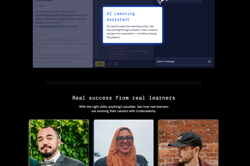
Codecademy
This site provides tutorials on web design tools. Requires free registration.
-
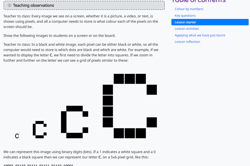
CS Unplugged: Image Representation - Colour by Numbers
Use these activities with your students to explore how computers store and transmit data to create a black and white image.
-
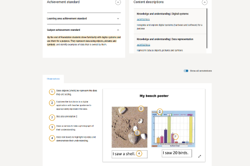
Work Samples
This site provides access to annotated work samples in accordance with the Australian curriculum for years F-10.
-
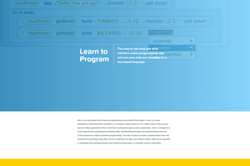
Alice
Alice is a FREE 3D programming environment that makes it easy to create an animation for storytelling, playing an interactive game, or a video to share on the web.
-

The Office of the eSafety Commissioner: Parent resources
Online safety resources for parents and carers.
-
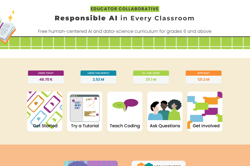
App Inventor EDU
Use this six week teaching program using a project based curriculum that allows students to explore the world of computer science through the creation of smartphone apps.
-
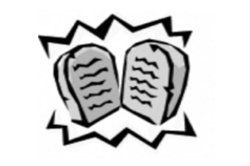
Network Protocols
Use this unplugged activity to explore how computers talk to each other over the internet via messages.
